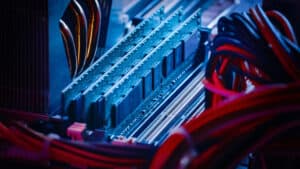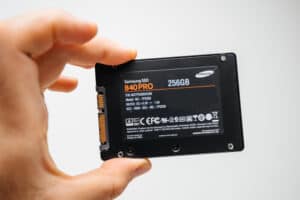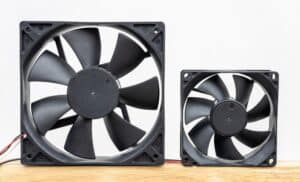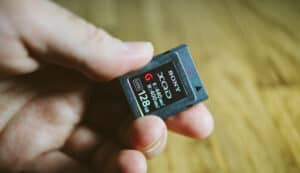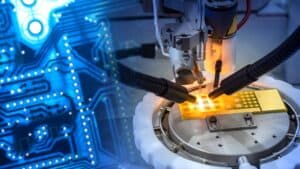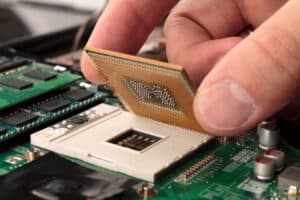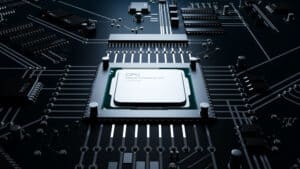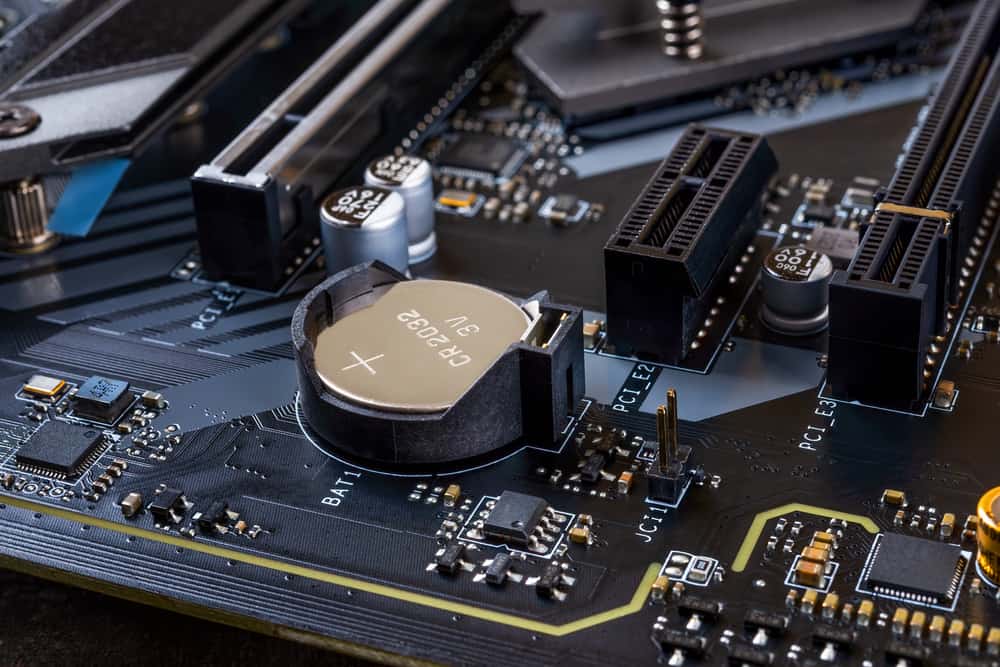
A BIOS Chip is a non-volatile microchip placed firmly on the motherboard. If the chip is corrupted or damaged, your PC can malfunction. To work out the issue, you might be facing; you need to figure out where it is located.
It is possible to identify the BIOS chip on the motherboard by visual inspection, scanning the label on the chip, or referring to the instructions manual that comes with your computer or laptop.
A BIOS Chip is a vital medium between the input and output devices of the computer and often fails due to various reasons, resulting in a boot failure.
In this article, we will discuss the different possibilities of how you can identify a BIOS Chip on the motherboard and eradicate the issues which might be causing hindrance to your PC running smoothly.
What Causes BIOS To Fail?
The BIOS Chip is permanently stored on your motherboard and allows you to access, set up, and store your computer system at the primary level. However, the chip can fail due to an attempt to flash it, a virus corrupting it, or a wrong configuration leading to missing BIOS.
Also, if you have changed the BIOS parameter to incorrect values, your BIOS chip may stop working.
Identifying BIOS Chip on Motherboard
Identifying the BIOS Chip on your PC motherboard can be a little confusing. However, you’ll find our step-by-step instructions quite a treat.
Since we have disclosed the possible reasons for a BIOS to fail, let’s dive into the three methods of identifying the BIOS chip on your motherboard.
Before moving forward, it’s important to understand that replacing the BIOS Chip by yourself without having the technical know-how can be catastrophic for your computer. Consulting a professional is advised due to the sensitivity of the electronic components.
Method #1: Visually Inspecting the Location
A BIOS Chip is mainly located on the corner or edge of a motherboard near the coin cell socket known as the CMOS (Complementary Metal Oxide Semiconductor) Memory.

CMOS Memory is contained inside the SuperIO/SMC, and serves as an adapter between the BIOS and the rest of the computer hardware as it stores BIOS settings. This is the reason they are usually placed close to each other.
Method #2: Check Chip Label/Sticker or Colored Blob
If you have a newer motherboard, it is easier for you to locate the BIOS Chip as they mostly come with the chip labeled under UEFI BIOS, M_BIOS, or a similar label. Once you find the label by looking at your motherboard, you can quickly identify your BIOS Chip.

This method might not work for older models as the chips aren’t labeled. But don’t fret! In older models, a colored blob or a sticker on top of the BIOS Chipsets it apart from others and makes it easier for you to identify.
Method #3: Referring To User Manual
Refer to your computer’s user manual if you fail to identify or locate the BIOS Chip using the methods mentioned above.
A user manual states all the components and their placements on a motherboard. You can easily look into it and find the exact location of the BIOS Chip on your specific model.
But what if you couldn’t find the instructions manual on hand? Well, nothing to worry about it. You can quickly Google and download your motherboard’s design for your specific model from the manufacturer’s website.
The design manual will have the labeled layout of the motherboard printed from where you can effortlessly identify your BIOS chip.
Summary
In this guide about identifying the BIOS chip on the motherboard, we’ve discussed locating the chip by visually inspecting it, pinpointing it through the label, or taking help from the user manual. We also discussed searching online for your motherboard specifications and manufacturer’s design for your computer model.
Hopefully, now you don’t have to worry anymore. One of the methods mentioned in this article should have worked for you and helped you recognize the BIOS Chip on your motherboard.
Frequently Asked Questions
The BIOS Chip cannot be removed by plucking it out from the motherboard. You can do so by desoldering the chip from the motherboard.
If you don’t possess the technical knowledge, it is wise to get the assistance of a person with relevant skills to do the job for you.
When you power on your PC, you see a POST screen that displays the basic information about your computer hardware, such as processor type, amount of RAM installed, and hard drive partitions and space. If the POST screen is missing, it is an obvious sign that your BIOS is faulty.
